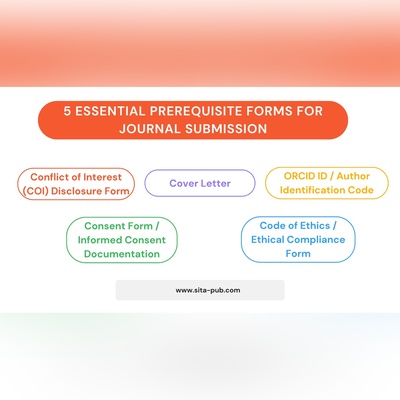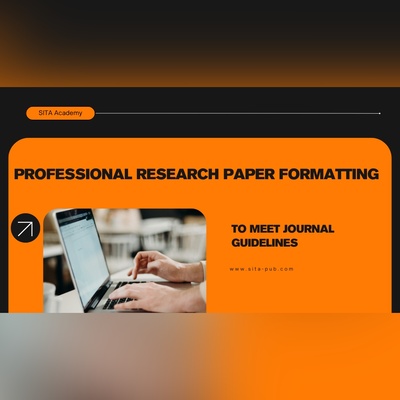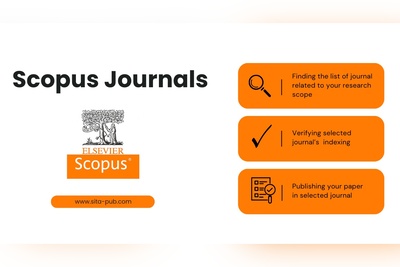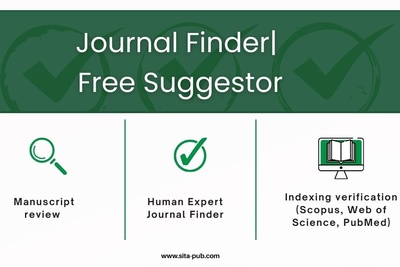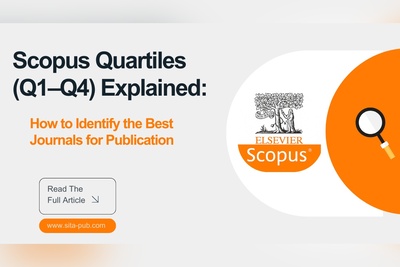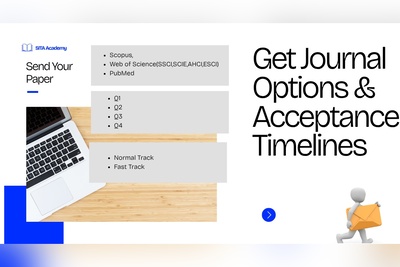Journal Submission Checklist: Everything You Must Prepare Before Submitting
Prepare your manuscript for success with our complete journal submission checklist. Learn practical steps, required documents, formatting tips, plagiarism checks, and journal selection to maximize your chances of publication.
- Research and Manuscript Readiness
- Selecting the Right Journal
- Manuscript Preparation
- Language and Writing Quality
- Plagiarism and Originality
- Cover Letter
- Supporting Documents
- Formatting and Submission Checklist
- Submission Process
- Post-Submission Follow-Up
- Practical Tips for Smooth Submission
- Optional Services for Researchers
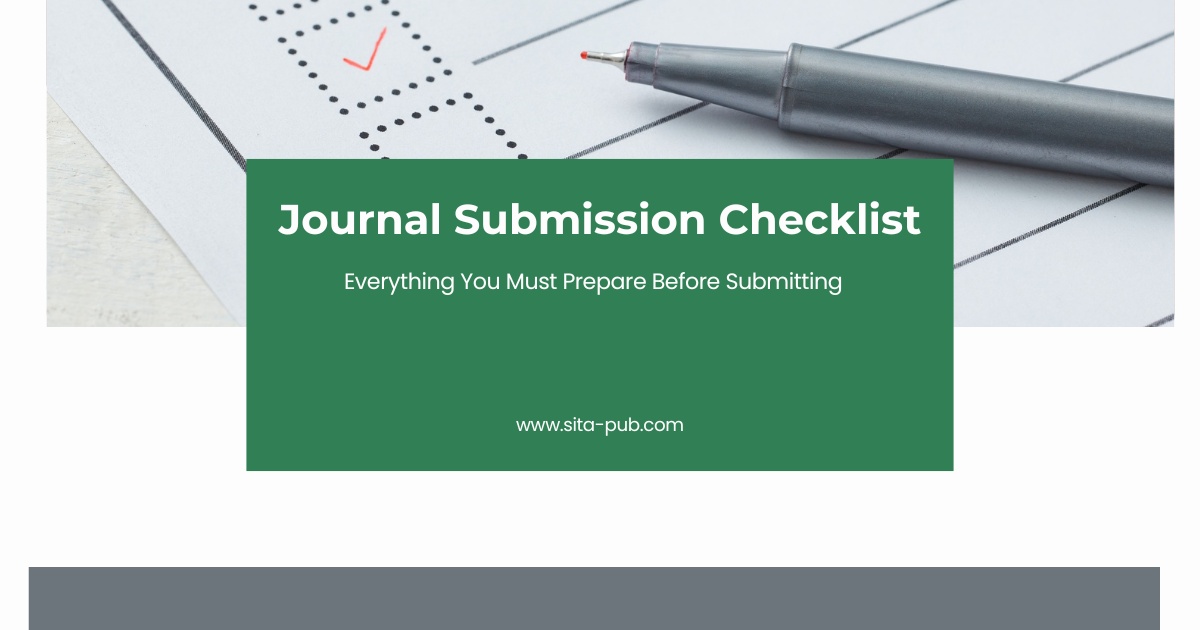
Publishing your research in a peer-reviewed journal is a significant milestone for any academic or researcher. However, submitting a manuscript without proper preparation can lead to delays, desk rejection, or unnecessary revisions. A thorough journal submission checklist ensures your paper meets the journal's requirements and improves your chances of acceptance.
In this guide, we’ll cover every step of the submission process—from preparing your manuscript to finalizing supporting documents—so you can submit with confidence.
1. Research and Manuscript Readiness
Before submitting, ensure that your research and manuscript are publication-ready:
Clear Research Objectives: Your study should have a well-defined problem statement and research question. Journals look for novelty, significance, and contribution to the field.
Strong Methodology: Provide a clear, reproducible methodology section. Include details of materials, procedures, experiments, or surveys.
Logical Results and Discussion: Present your results clearly with proper analysis. Discussion should interpret findings in context, comparing with previous studies.
Conclusion: Your conclusion should summarize key findings and implications, highlighting the novelty of your work.

2. Selecting the Right Journal
Choosing the correct journal is critical. Submitting to the wrong journal is one of the leading causes of rejection.
Checklist for journal selection:
Scope and Audience: Ensure the journal publishes research in your field. Review their aims, scope, and recent articles.
Indexing: Check if the journal is indexed in databases like Scopus, Web of Science, PubMed, or ESCI. Indexing affects visibility and credibility.
Impact Factor and Quartile: Consider journals with the appropriate impact factor or quartile ranking for your research goals.
Acceptance Rate: Some journals have low acceptance rates; be realistic about your chances.
Open Access vs Subscription: Decide whether you want wider visibility via open access or a subscription-based journal.
Publication Timeline: Check review and publication timelines if you have deadlines, e.g., graduation or funding.
Fees and Payment Methods: Some journals charge Article Processing Charges (APCs). Confirm costs and acceptable payment options.

3. Manuscript Preparation
Every journal has specific formatting requirements. Preparing your manuscript according to their guidelines is essential.
Checklist for manuscript preparation:
Title Page: Include the title, authors’ names, affiliations, and corresponding author contact.
Title: Concise, descriptive, and aligned with your study.
Abstract: A structured abstract (if required) summarizing objectives, methods, results, and conclusions.
Keywords: Include 3–6 relevant keywords for indexing.
Introduction: Clearly define the research problem, background, and objectives.
Methods: Include enough detail for reproducibility.
Results and Discussion: Present findings clearly, use figures and tables appropriately, and interpret results.
Conclusion: Summarize your findings and their significance.
References: Ensure consistent citation style (APA, Vancouver, IEEE, etc.) as per journal guidelines.
Figures and Tables: Follow size, resolution, labeling, and format requirements.
Acknowledgments: Optional, credit funding sources or contributors.
Tip: Keep tables and figures simple, labeled, and cited in the text.

4. Language and Writing Quality
Clarity is critical. Journals may desk-reject papers with poor language.
Checklist for writing quality:
Grammar and Style: Proofread thoroughly; consider professional editing for non-native English speakers.
Consistency: Ensure consistent terminology, units, and formatting throughout.
Professional Tone: Avoid casual or conversational language.

5. Plagiarism and Originality
Maintaining originality is mandatory.
Plagiarism Check: Use tools like Turnitin or iThenticate to ensure your manuscript is original.
Proper Citation: Avoid self-plagiarism; cite all references appropriately.
Similarity Index: Aim for less than 15–20% similarity depending on journal policy.

6. Cover Letter
A well-crafted cover letter can positively influence editors.
Checklist for cover letter:
Journal Name and Manuscript Title: Clearly state the submission details.
Purpose and Novelty: Highlight why your research is significant and suitable for the journal.
Compliance Statements: Mention adherence to ethical standards, conflicts of interest, or funding sources if applicable.
Corresponding Author Information: Include email and contact details.

7. Supporting Documents
Many journals require additional documentation.
Checklist for supporting documents:
Ethical Approval: Include IRB or ethics committee approval if research involves humans or animals.
Consent Forms: For studies with human participants.
Conflict of Interest Statement: Declare any financial or personal relationships affecting the research.
Data Availability Statement: Some journals require information on how data can be accessed.
Supplementary Materials: Tables, datasets, or multimedia files as needed.
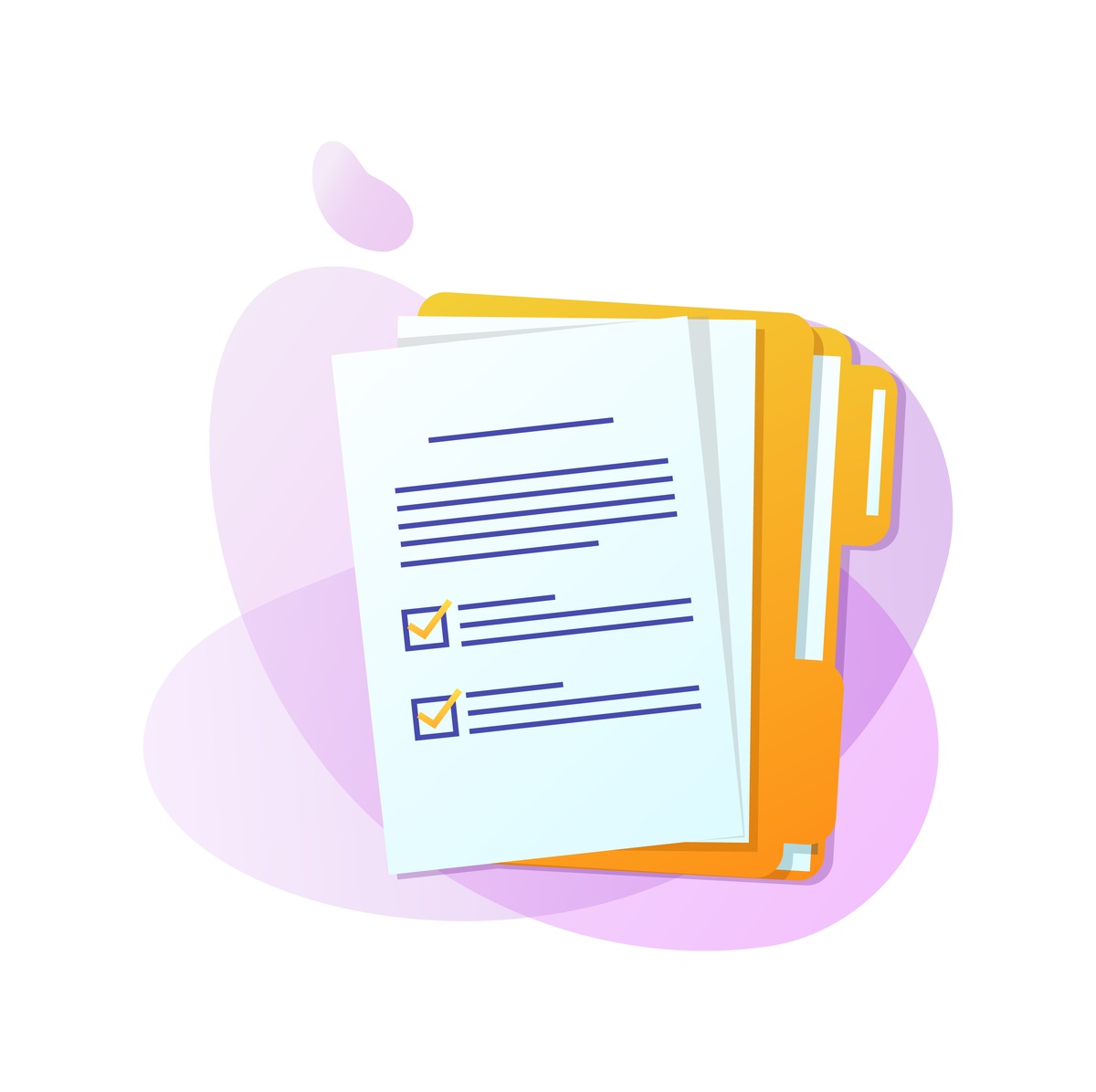
8. Formatting and Submission Checklist
Before uploading your files, double-check:
File Types: PDF, Word, or LaTeX as per journal requirements.
Title Page: Include author names, affiliations, and corresponding author details.
Reference Style: Ensure consistent formatting of in-text citations and bibliography.
Figures and Tables: Properly labeled, high-resolution, and embedded or uploaded separately.
Manuscript Structure: Follow journal’s template exactly.
Tip: Many journals provide a “Guide for Authors” PDF—read it carefully and highlight key points.

9. Submission Process
Once everything is ready, submit via the journal’s online submission system.
Checklist for submission:
Confirm Login Credentials: Create an account if required.
Upload Files Correctly: Main manuscript, cover letter, supplementary materials, and figures.
Fill Metadata: Title, abstract, keywords, author info, funding, and ethical declarations.
Select Appropriate Article Type: Research article, review, case study, etc.
Confirm Author Order: Ensure all authors are listed correctly with affiliations.
Check Payment Options: If there are fees, complete payment or check for waivers.
Review Submission: Verify all files and information before final submission.

10. Post-Submission Follow-Up
Even after submission, you should monitor progress:
Acknowledgment of Submission: Most journals send confirmation emails.
Tracking Manuscript Status: Use the journal’s system to monitor review, revision, and decision stages.
Respond Promptly: Address reviewer comments carefully and submit revisions on time.

11. Practical Tips for Smooth Submission
Start early: Don’t leave formatting, ethics approvals, or figure preparation until the last minute.
Use checklists: Print or save this submission checklist to tick items off.
Keep all files organized: Maintain separate folders for figures, tables, supplementary files, and ethical documents.
Follow journal guidelines strictly: Editors notice deviations immediately.
Consider professional support: Manuscript editing and journal submission services can save time and increase acceptance chances.

12. Optional Services for Researchers
If you need extra help:
Manuscript Editing: Professional editors polish language and style.
Journal Selection: Experts recommend journals with high relevance, faster review, and higher acceptance rates.
Submission Handling: Services can handle uploading, cover letters, and follow-ups with editors.

Conclusion
Submitting a research paper is more than just hitting the “Submit” button. Following a detailed journal submission checklist ensures that your manuscript meets all requirements, maximizes clarity and originality, and positions you for faster acceptance.
From research quality and manuscript preparation to cover letters, supporting documents, formatting, and submission, careful preparation saves time and avoids common mistakes.
By following this comprehensive checklist, researchers can confidently submit their work to peer-reviewed journals and increase their chances of successful publication.


